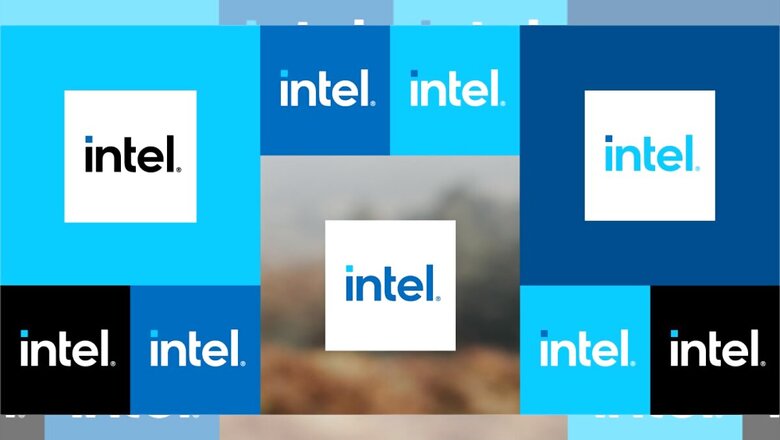Intel Has A New Logo for The First Time Since 2006 And The Iconic Bong Sound Will Also Be Modernized

views
Alongside the announcement of the new Intel 11th generation Core processors happened another change that not many noticed. At least for now. The new Intel logo. It is for the first time since 2006 that Intel has changed its now iconic logo. Out goes the circular enclosure and in come a new minimalist and cleaner logo for the company as well as for everything else, including Intel Core processors and the Intel Xeon servers. Also, Intel is experimenting with more colours, after having remained with the blue colour for many years now. How colourful, or what colours, totally depends on the specific logo for product families. And in case you are wondering what happens to the very popular Intel sound that accompanied Intel adverts over the years, the company says that the musical sound signature or “bong” will retain those iconic five notes recognized around the world, but a modernized version will roll out later this year.
Intel says the logo change in a way indicates the way the company is evolving. “We are a different company than we were even five years ago. We are actively executing against a new growth strategy, creating a new revenue mix and pursuing new market segments fueled by data and the rise of artificial intelligence, 5G network transformation and the intelligent edge,” says Karen Walker, senior vice president and chief marketing officer for Intel. You will soon see the new Intel branding as well as the new Intel product line branding on laptops, PCs and other computing devices in the coming months. In a way, you will notice that this modern and minimalist new logo is actually in a way taking inspiration from the more curvaceous iteration of something similar, and Intel ran with it from 1968 all the way to 2006.
It was earlier this week that Intel announced the new 11th gen Tiger Lake series of Core processors for laptops, with the new Intel Xe graphics, support for Wi-Fi 6 and Thunderbolt 4 as well as architectural and performance changes that will translate into much better battery life. While the Tiger Lake chips are still made on the 10nm process much like its predecessor the 10th gen Ice Lake processors, there is a new architecture for better performance and lower battery consumption.


















Comments
0 comment